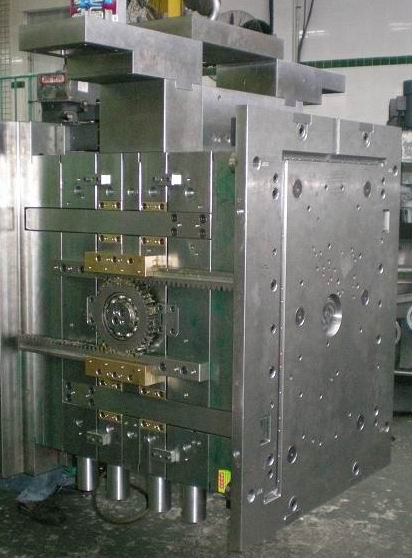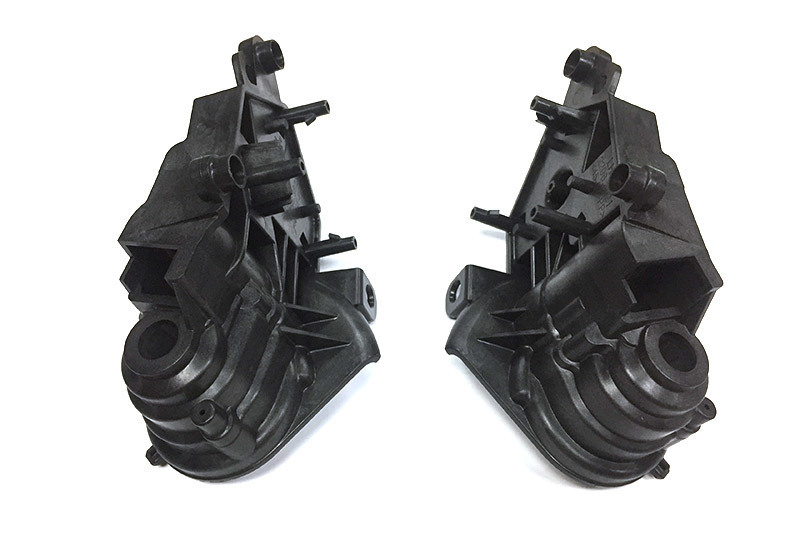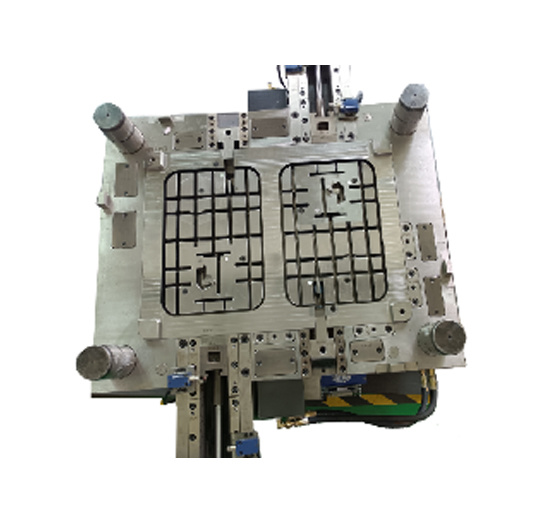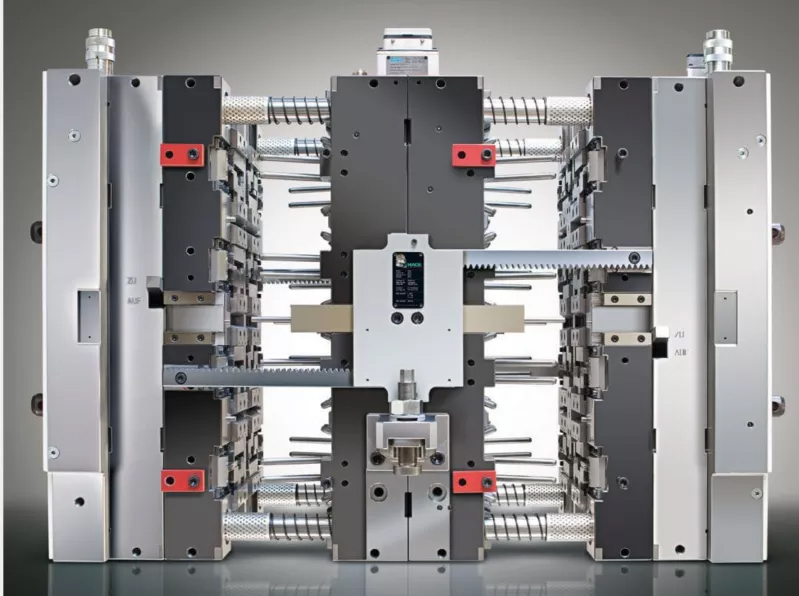Understanding Injection Molding for Vehicle Air Inlet Pipes: A Comprehensive Guide
Injection molding is a widely utilized manufacturing process in the automotive industry, particularly for components such as vehicle air inlet pipes. These pipes play a vital role in the efficient functioning of an engine, allowing air to flow smoothly into the combustion chamber, which is essential for optimal performance. Understanding the intricacies of injection molding for vehicle air inlet p
2025-07-24
Injection molding is a widely utilized manufacturing process in the automotive industry, particularly for components such as vehicle air inlet pipes. These pipes play a vital role in the efficient functioning of an engine, allowing air to flow smoothly into the combustion chamber, which is essential for optimal performance. Understanding the intricacies of injection molding for vehicle air inlet pipes can provide valuable insights into their production and design.
The injection molding process begins with the selection of suitable thermoplastic materials. Commonly used materials include polypropylene, nylon, and acrylonitrile butadiene styrene (ABS), which are chosen based on their durability, heat resistance, and chemical properties. These materials are melted and injected into a mold, where they cool and solidify into the desired shape. The precision of this process allows manufacturers to create complex geometries and intricate designs that meet specific performance requirements.
One of the primary advantages of using injection molding for vehicle air inlet pipes is its efficiency. The process allows for high-volume production, ensuring that manufacturers can meet the demands of the automotive market while maintaining consistent quality. Additionally, the automation involved in injection molding minimizes human error and reduces labor costs, further enhancing production efficiency.
Moreover, injection molding provides excellent design flexibility. Engineers can optimize the design of air inlet pipes to improve airflow and reduce resistance, which can lead to better fuel efficiency and engine performance. The ability to create lightweight yet robust components also contributes to the overall performance of vehicles, as lighter parts can enhance fuel economy.
Another key benefit of injection molding is the potential for reduced waste. The process generates minimal scrap material compared to other manufacturing techniques, making it a more environmentally friendly option. The ability to recycle thermoplastic materials further contributes to sustainability, aligning with the automotive industry's growing emphasis on eco-friendly practices.
In conclusion, injection molding is a pivotal process in the manufacturing of vehicle air inlet pipes, combining efficiency, design flexibility, and sustainability. For those involved in the automotive industry, understanding the role of injection molding can provide essential insights into the production of high-quality components that enhance vehicle performance. As technology continues to advance, the potential for further innovations in injection molding techniques will undoubtedly play a significant role in the future of automotive manufacturing.
The injection molding process begins with the selection of suitable thermoplastic materials. Commonly used materials include polypropylene, nylon, and acrylonitrile butadiene styrene (ABS), which are chosen based on their durability, heat resistance, and chemical properties. These materials are melted and injected into a mold, where they cool and solidify into the desired shape. The precision of this process allows manufacturers to create complex geometries and intricate designs that meet specific performance requirements.
One of the primary advantages of using injection molding for vehicle air inlet pipes is its efficiency. The process allows for high-volume production, ensuring that manufacturers can meet the demands of the automotive market while maintaining consistent quality. Additionally, the automation involved in injection molding minimizes human error and reduces labor costs, further enhancing production efficiency.
Moreover, injection molding provides excellent design flexibility. Engineers can optimize the design of air inlet pipes to improve airflow and reduce resistance, which can lead to better fuel efficiency and engine performance. The ability to create lightweight yet robust components also contributes to the overall performance of vehicles, as lighter parts can enhance fuel economy.
Another key benefit of injection molding is the potential for reduced waste. The process generates minimal scrap material compared to other manufacturing techniques, making it a more environmentally friendly option. The ability to recycle thermoplastic materials further contributes to sustainability, aligning with the automotive industry's growing emphasis on eco-friendly practices.
In conclusion, injection molding is a pivotal process in the manufacturing of vehicle air inlet pipes, combining efficiency, design flexibility, and sustainability. For those involved in the automotive industry, understanding the role of injection molding can provide essential insights into the production of high-quality components that enhance vehicle performance. As technology continues to advance, the potential for further innovations in injection molding techniques will undoubtedly play a significant role in the future of automotive manufacturing.
Related news











